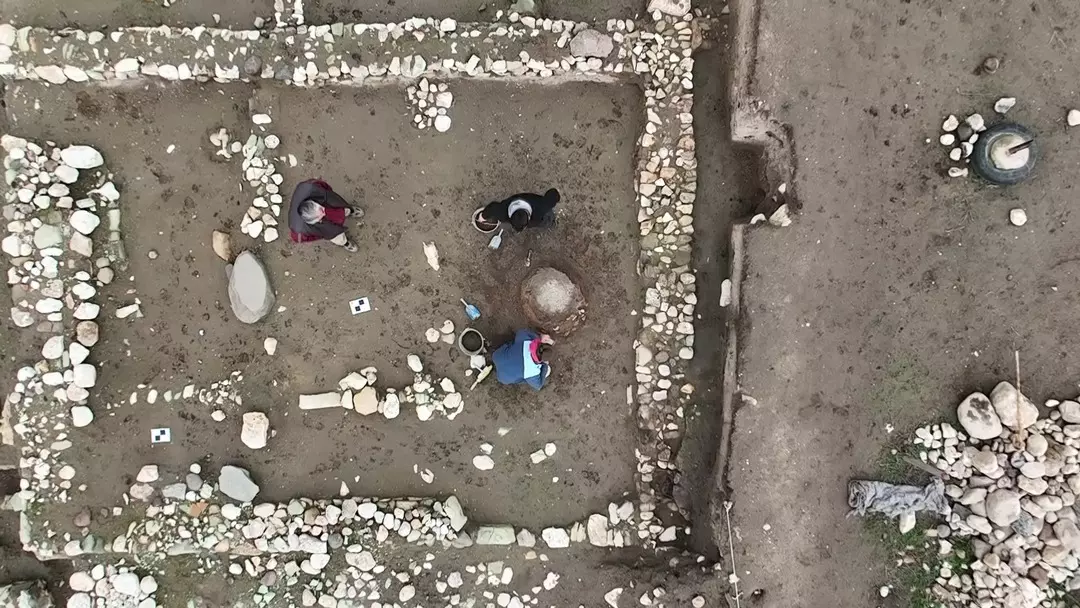A masterpiece of Minoan architecture brought vividly to life.
The legendary Palace of Knossos, the heart of Europe’s first advanced civilization, has been reimagined in a captivating 3D reconstruction, allowing viewers to experience the grandeur and complexity of Minoan life as never before. This immersive digital tour sheds new light on one of the most iconic archaeological sites of the ancient world.
Scroll down for images and video of this extraordinary virtual journey.
A Palace Like No Other
Far more than a simple royal residence, the Palace of Knossos functioned as a miniature city, complete with roads, squares, sanctuaries, a theater, gardens, and workshops. It was a bustling center of politics, religion, and the arts—alive with color, sound, and creativity.
Renowned Greek writer Nikos Kazantzakis, in his historical novel for children “At the Palaces of Knossos,” beautifully describes the palace’s vibrant atmosphere:
“Don’t imagine the Palace of Knossos as a single large building, but as a small city. It had its own streets, squares, temples, theater, and parks filled with unusual flowers and trees—palm trees, quince trees, plum trees—and even peacocks, monkeys, canaries, and partridges.”
“The palace also had workshops where all kinds of artists worked: painters, sculptors, engravers, carpenters, and printers.”
Artistry that Reached the Mediterranean
The Minoans were famed for their pottery workshops, which produced magnificent vessels decorated with delicate floral patterns, sea creatures like cuttlefish and octopuses, and dynamic scenes of bull-leaping. These artworks were exported across the Mediterranean, spreading Minoan culture far beyond the shores of Crete.
Kazantzakis writes:
“Famous across the known world were the pottery workshops. From Knossos came the most splendid vases, decorated with exquisite paintings—flowers, shells, squids, octopuses—or embossed scenes of bulls and athletic contests.”
A Center of Innovation and Daily Life
Knossos was also home to olive presses, textile workshops, dyeing rooms, goldsmiths, and metalworking shops, each with its own seal. These seals marked every item produced—spider emblems for the weaving workshops, olive leaves for the oil presses, and lilies for the printers.
Even education had its place. The palace featured a classroom in the northeast wing, complete with stone benches. There, students learned to write in the mysterious Cretan script, etching characters into soft clay.
“If a student made a mistake,” Kazantzakis writes, “he would simply knead the clay again and try anew.”
Reconnecting with the Ancient World
This virtual reconstruction offers a powerful tool for education, preservation, and wonder—inviting modern audiences to walk the labyrinthine halls of Knossos and witness the creativity and complexity of Minoan civilization.













